Design fundamentals to help decorate your home
Hiring an interior designer is preferred by many while decorating their homes, but that doesn’t mean everyone consults a pro when hanging a picture or setting out a vase. Fortunately, there are basic design principles we can all follow to make our DIY decor look more polished.
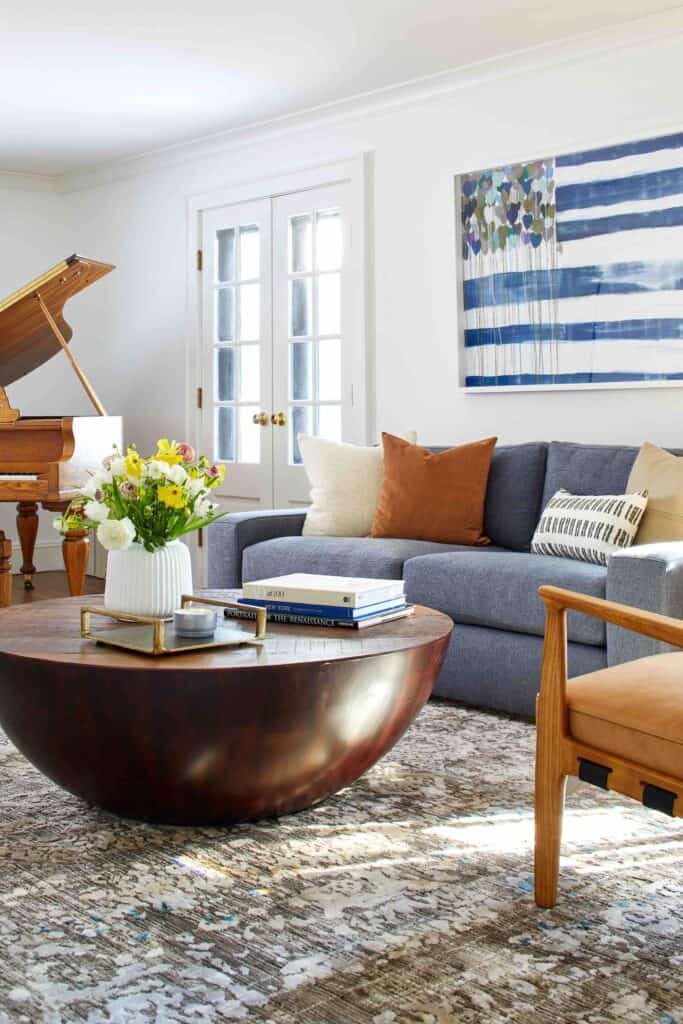
“Intentional decor styling can make a dramatic difference in any space, and styled vignettes are often the final flourish that helps infuse personality and authenticity into a space,” said Kathy Kuo, founder and CEO of Kathy Kuo Home in Southampton.
Styling isn’t a natural talent for all, however. Some need an education before they can be trusted to take on a space. So, before you pick up a hammer, here are some insider tips and general rules of thumb to keep in mind.
‘Rule of Threes’
“It can be daunting to get started when you have a variety of items you love and aren’t sure of how to arrange them,” Kuo said. Enter, the ‘Rule of Threes.’ When styling a vignette on a coffee table, bookshelf, mantel or console, build around three key elements: one vertical (like a vase of flowers or standing framed photo), one horizontal (like a stack of art books) and one sculptural (a dramatic crystal or seashell). The mix of sightlines, combined with the contrasting sculptural element, feels put together, “and it leaves room for infinite combinations of artistic and practical items,” the designer explained.

Go Bigger and Lower
There are two common mistakes when hanging things on walls: putting them too high and choosing pieces that are too small. Whether it’s one big painting or a gallery of framed pieces, you want it to be in your range of view and proportionate to the wall it’s on, designer Emily Henderson explained on her blog. The eye-level rule can be tricky since humans are built at varied heights, so try using your ceiling as a guide. “If the wall were cut up vertically into four sections (going from bottom to top), then think of the art being in the third quadrant,” Henderson said. As for size, art should engage as much of the wall it’s on as possible. “Slightly ‘too big’ art is always better than too small,” she advised. “It looks like you made a really cool choice instead of a size accident.”
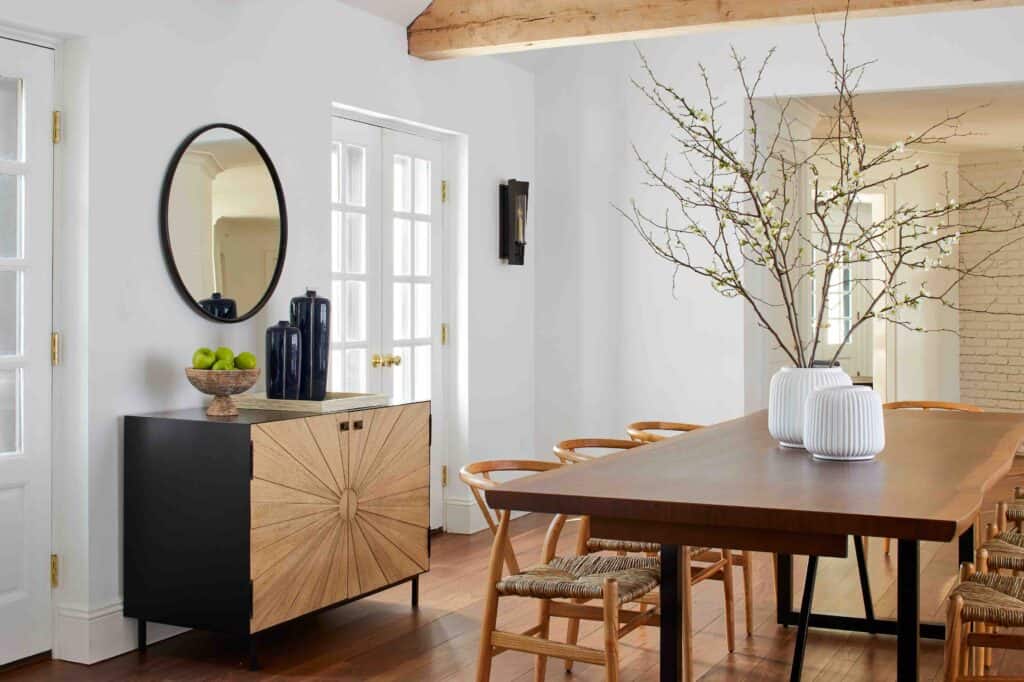
Timeless Over Trendy
In our fast-paced world, it’s tempting to jump on every viral trend with the word “core” pinned onto the end, Kuo admitted. Keeping up with these aesthetics can be fun, but it’s also impractical and harmful to the environment. For the bigger items, go timeless. “It’s easy to enjoy trends of the moment through smaller pieces like throw pillows and shelf decor,” Kuo said, “but for your anchor furniture, trust me, you want something that is built to last.” Think long-term use, agreed Stephanie Schroeder, founder of the interior design firm Alchemy Studio. “This might mean having a custom bookshelf made in an office to span the whole wall and utilize the ceiling height versus buying a premade bookshelf where its size might not maximize the space,” she said.
Contrast is Key
We’ve all seen that the all-neutral palette of warm whites, beiges, tans and grays is popular right now, but keep in mind that contrast is key to harmonious and luxurious design. “In my own home, I have a largely neutral-toned living room design, but the strongest visual anchor point is my sage green velvet sofa,” Kuo said. “This pop of color and rich texture create a focal point that frames all of my lighter-colored details and other textures.” Contrast is an easy way to create a whole new look, Schroeder added. “You can change an entire space with only one detail,” she said. “Fresh paint or wallpaper can entirely transform a room without changing the rest of the furniture or decor.”








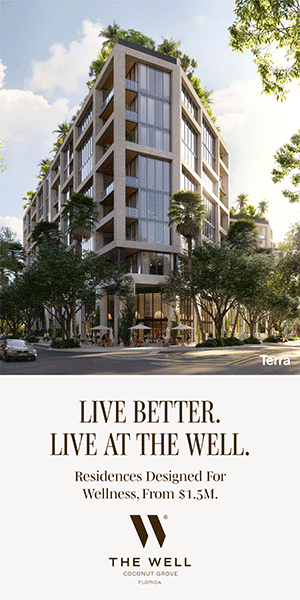
![@raphael_avigdor brings his signature boldness and emotional depth to this year’s Art Basel, unveiling a solo show that’s as personal as it is powerful. Presented by London gallerist Rebecca Hossack, the exhibition celebrates his latest photographic book Both Sides Now, a visual homage to the layered lyrics of Joni Mitchell.
The show opens on December 4, 2025 from 6PM–9PM at her newly renovated home and gallery in East Little Havana. [link in bio]](https://hamptonsrealestateshowcase.com/wp-content/uploads/sb-instagram-feed-images/584394178_18549642664030135_1592235407580770939_nfull.webp)
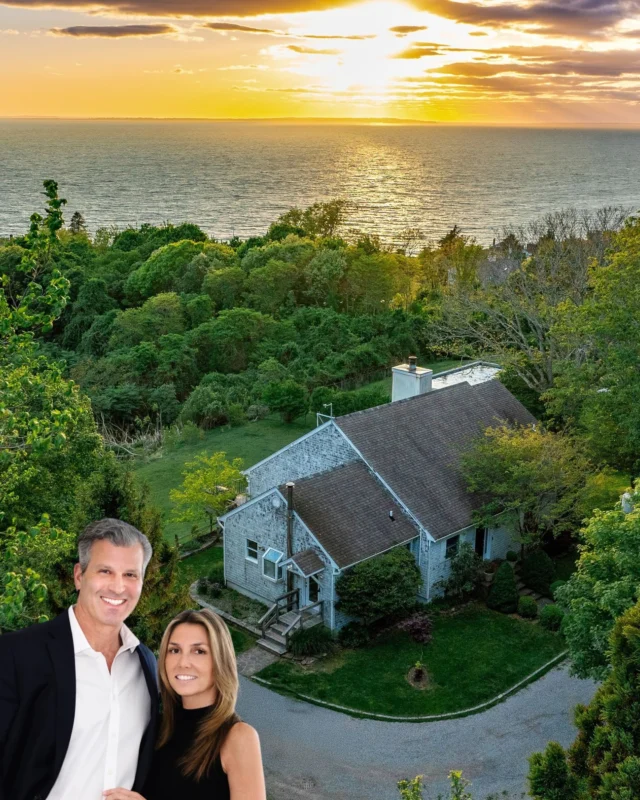
![When clients embrace bold ideas, the results speak for themselves. In this Sag Harbor home, designer Jessica Gersten played with sculptural form and layered textures to create something truly distinctive. From the forged-iron swing to a striking stairwell pendant that anchors the heart of the space, the finished design balances personality and livability in every room. [link in bio]](https://hamptonsrealestateshowcase.com/wp-content/uploads/sb-instagram-feed-images/586881005_18549106426030135_1053520189449566580_nfull.webp)
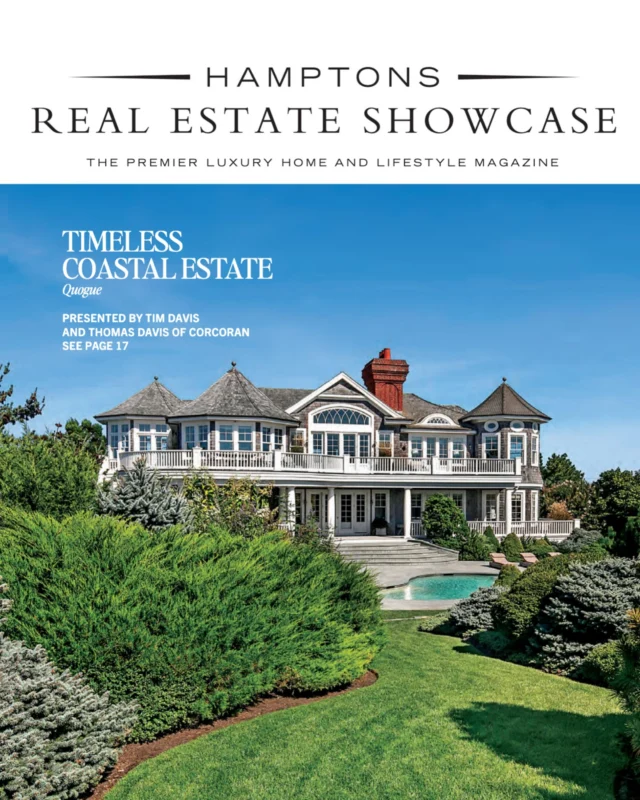

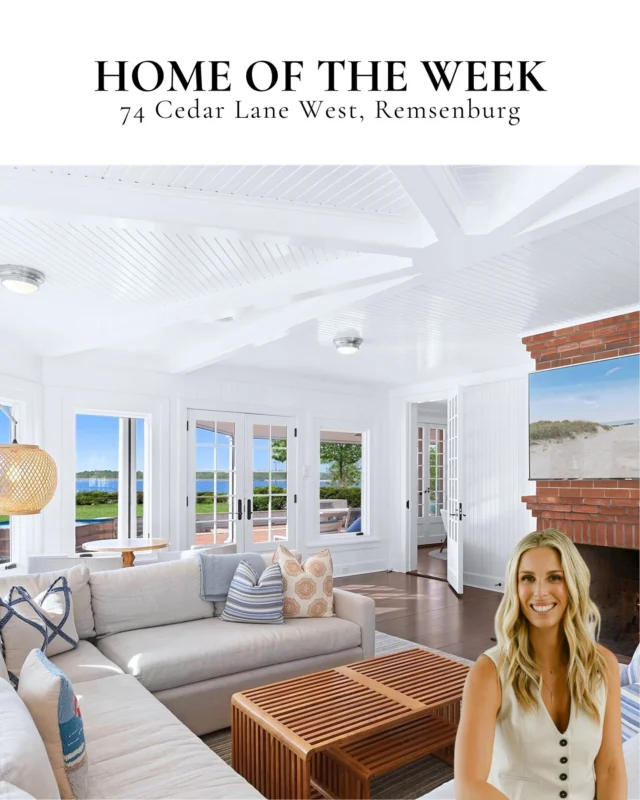
![Across continents and architectural styles, a distinct vision emerges. 🌎 George Lucas’s real estate portfolio brings together expansive ranchland, oceanfront enclaves, heritage estates, and city landmarks, each chosen with a curator’s eye. From Skywalker Ranch’s 4,700 acres to a secluded stretch of the French countryside, his properties honor place, history, and the pursuit of meaningful design. It’s a collection that speaks quietly, yet with remarkable depth. [link in bio]
📸: Araya Diaz/WireImage, Patrick Durand/Getty Images, Mike Kemp/In Pictures via Getty Images, Google Maps, Google Earth](https://hamptonsrealestateshowcase.com/wp-content/uploads/sb-instagram-feed-images/582214036_18548535424030135_3221221365131655942_nfull.webp)

